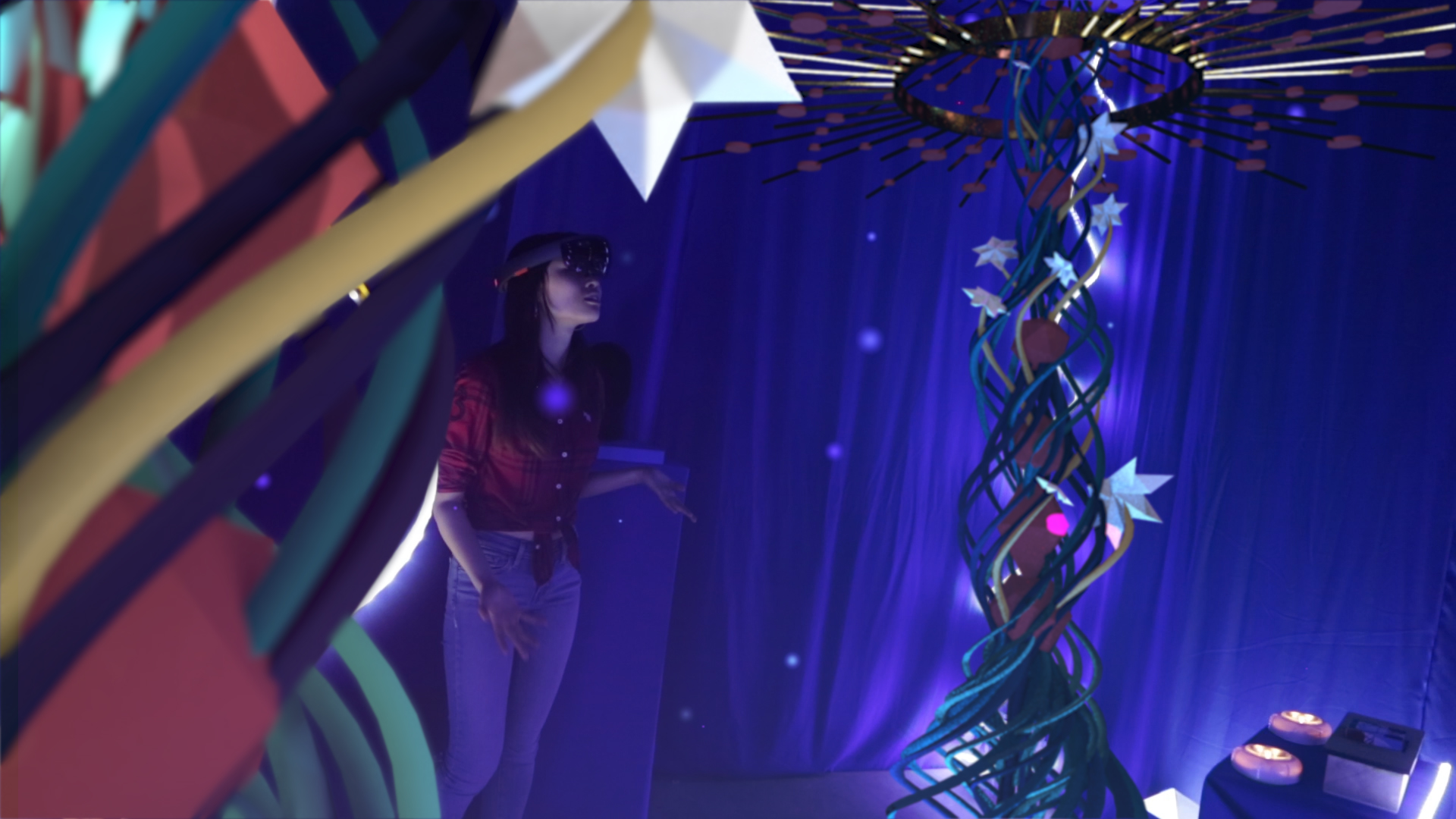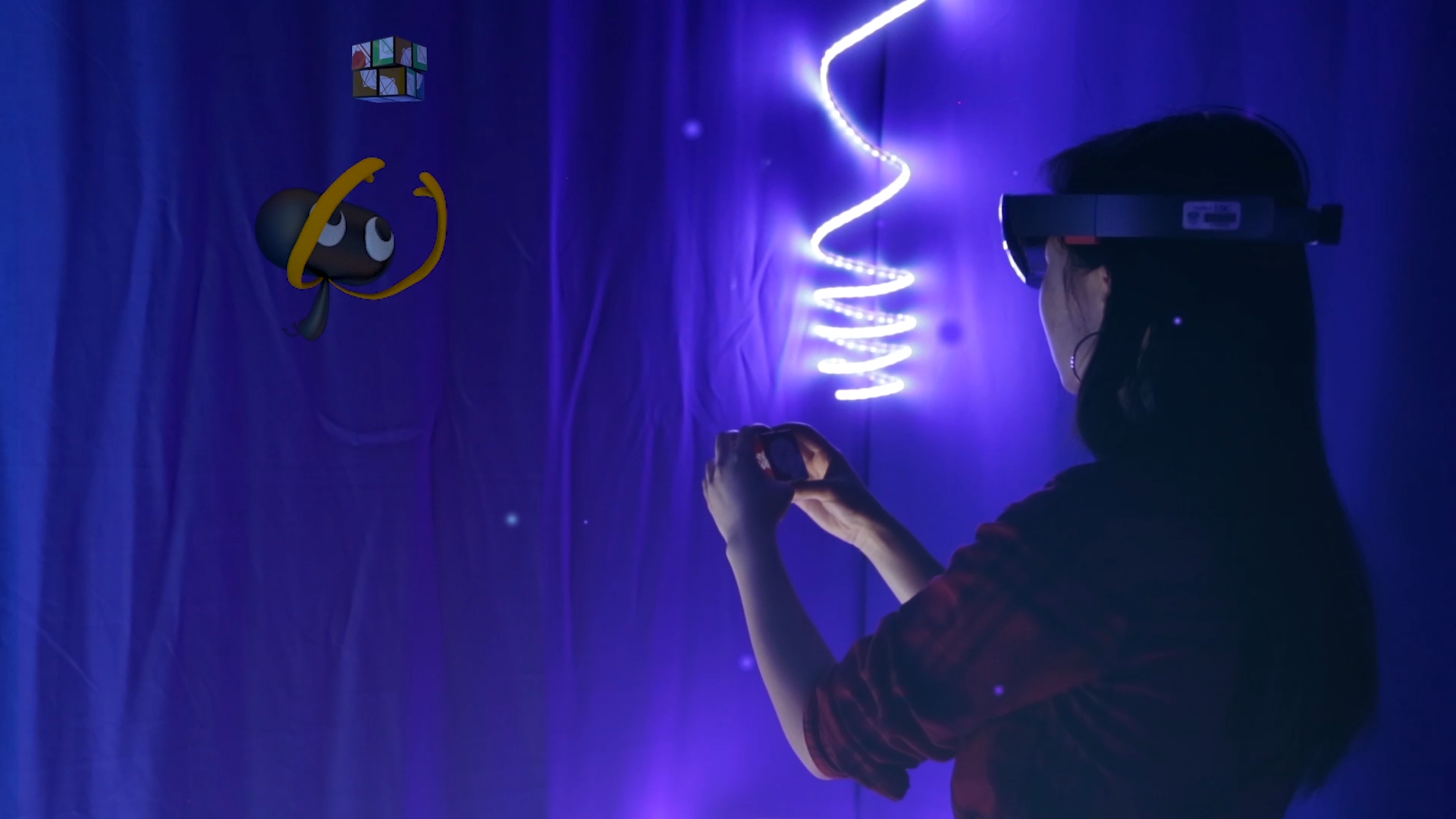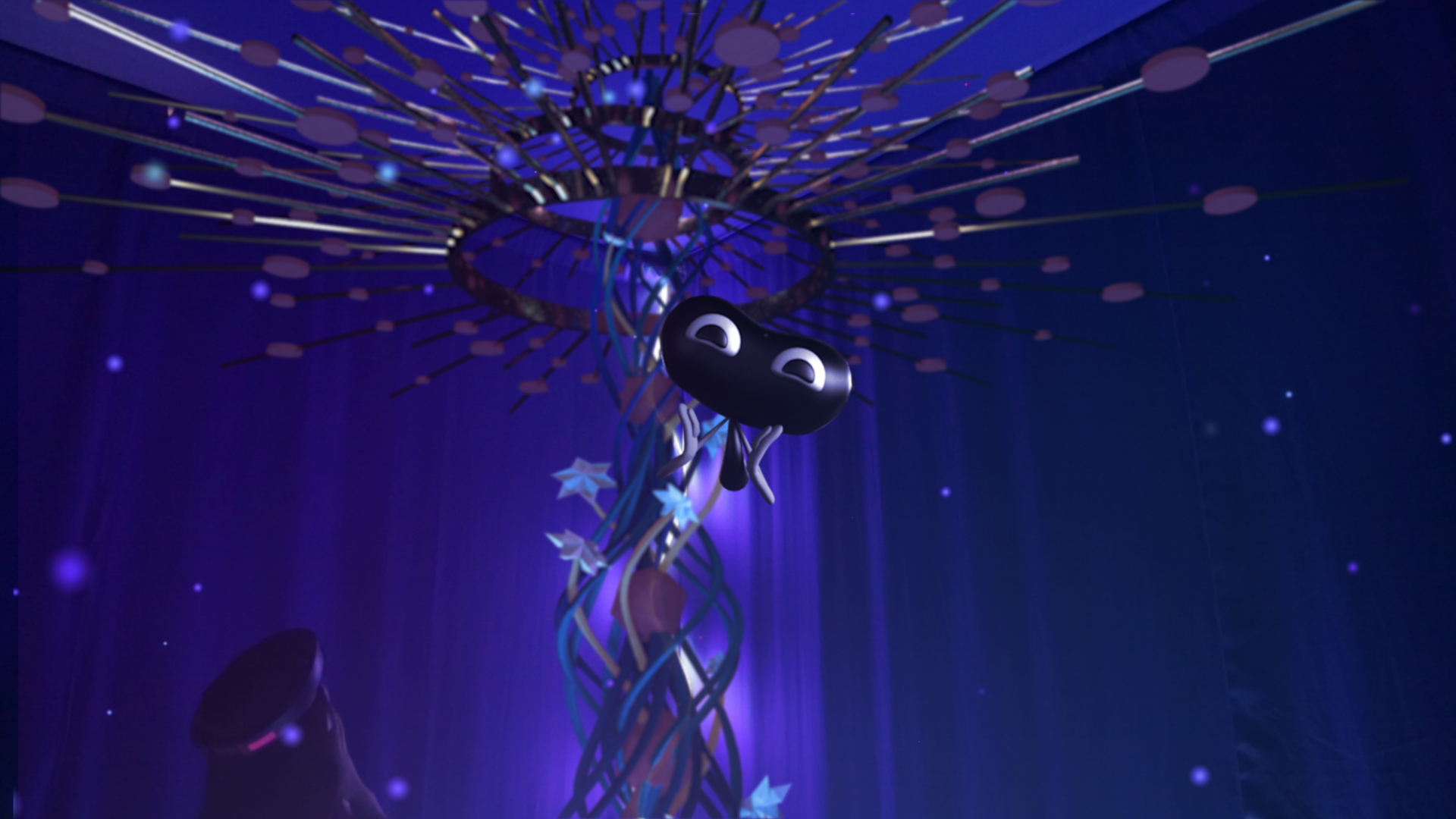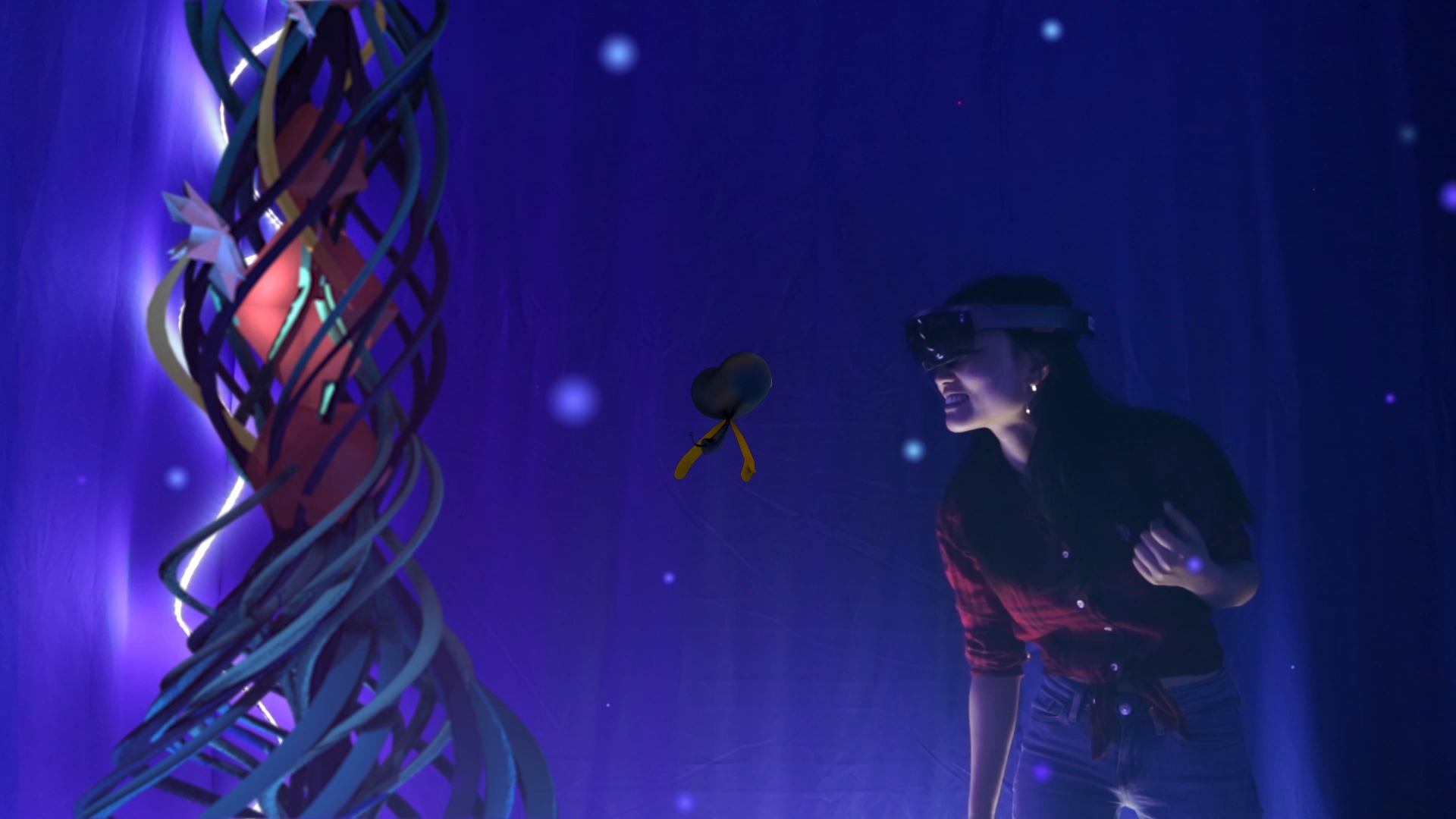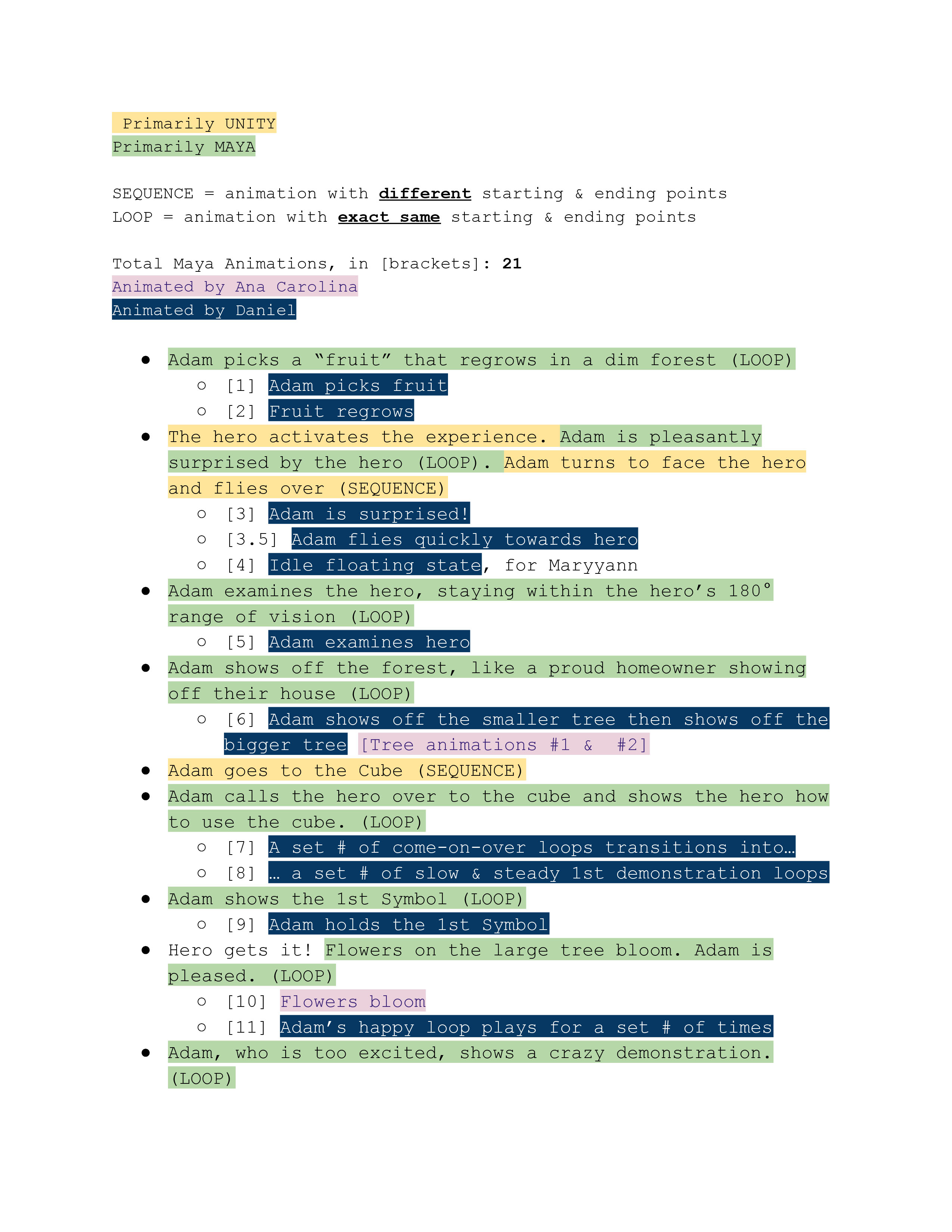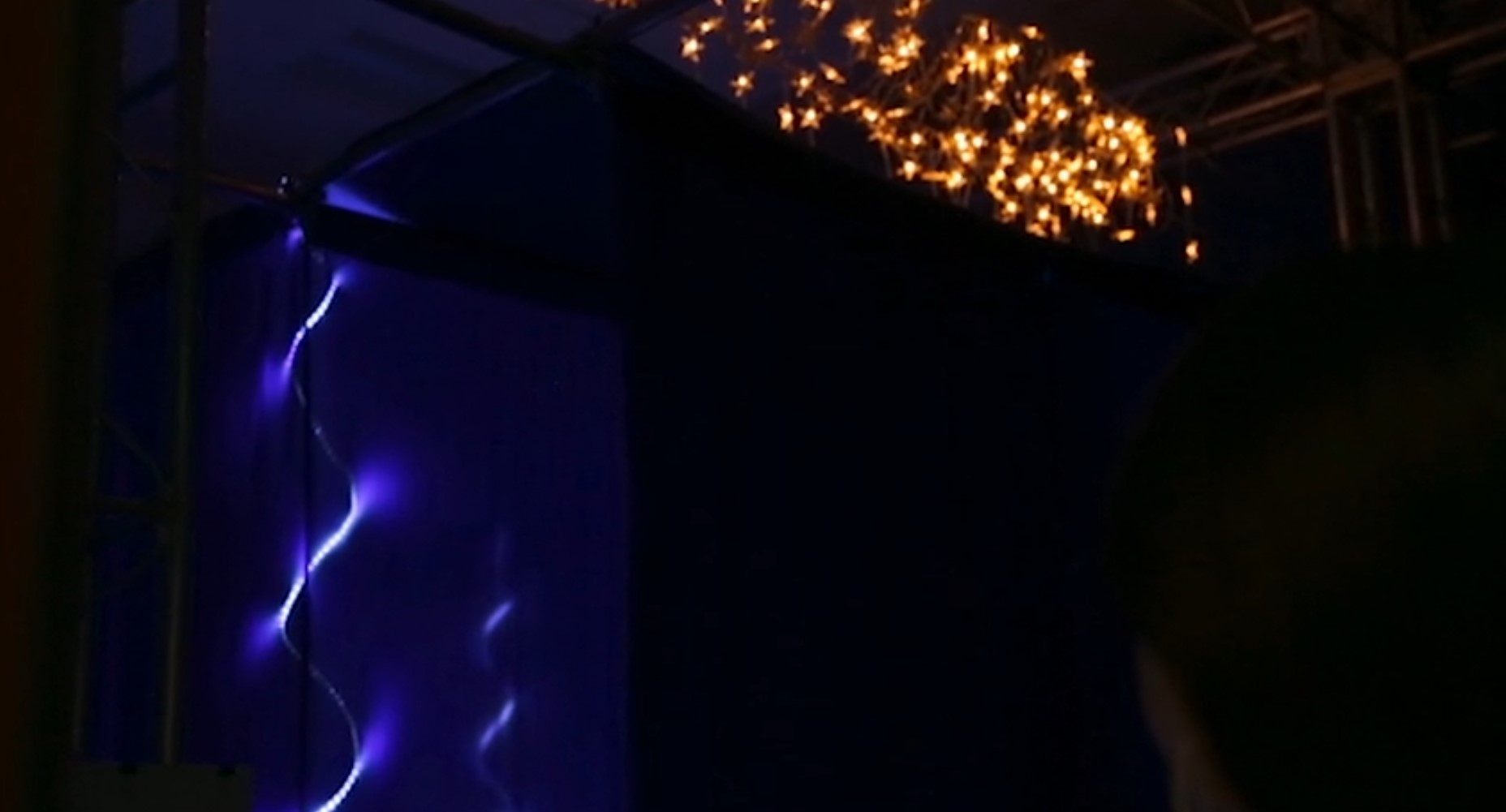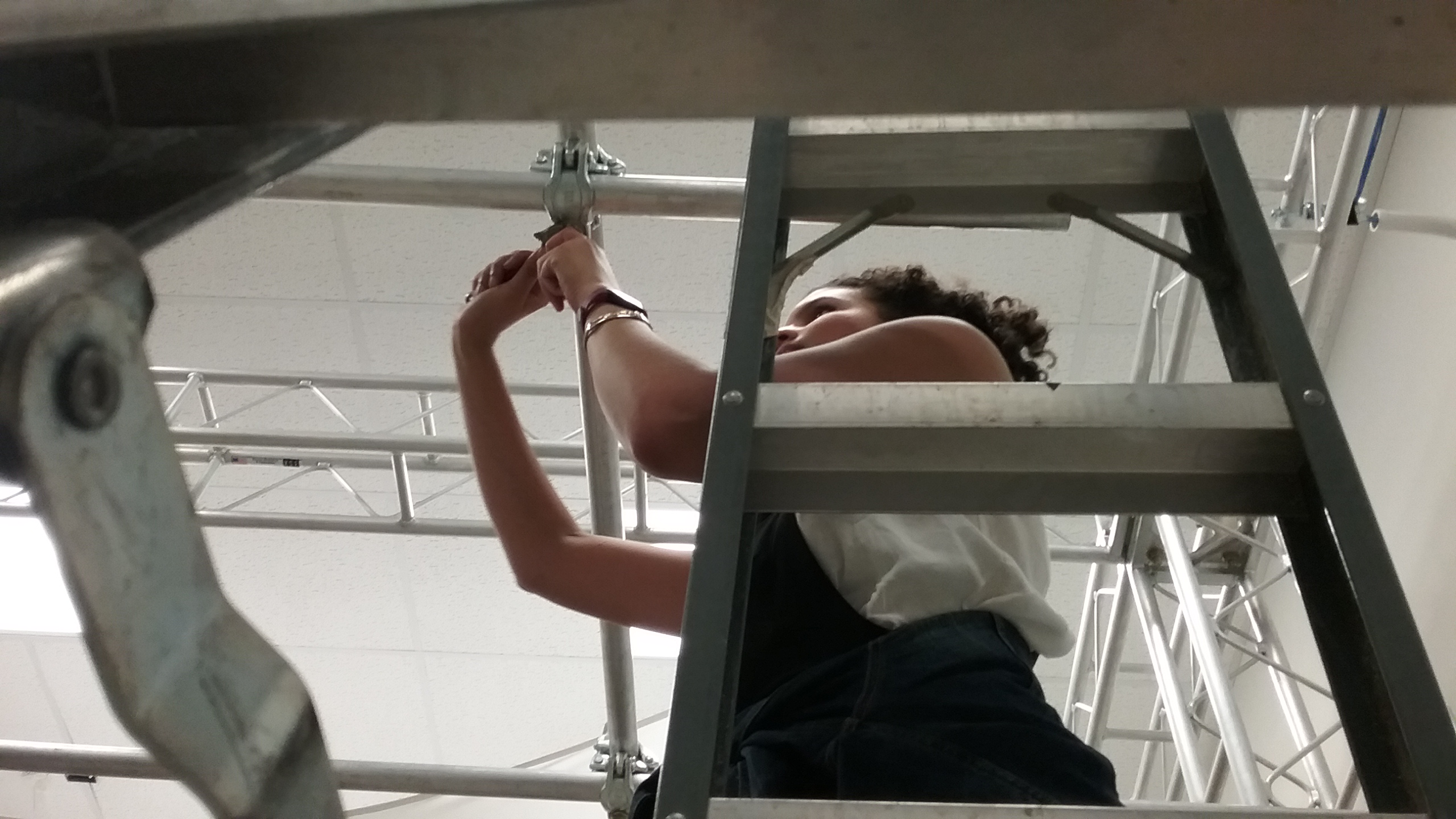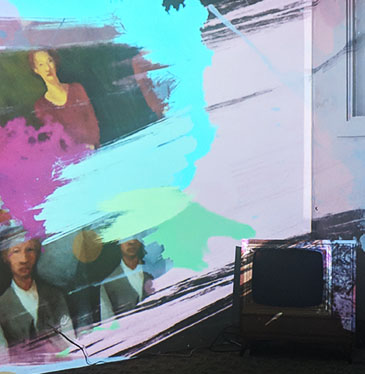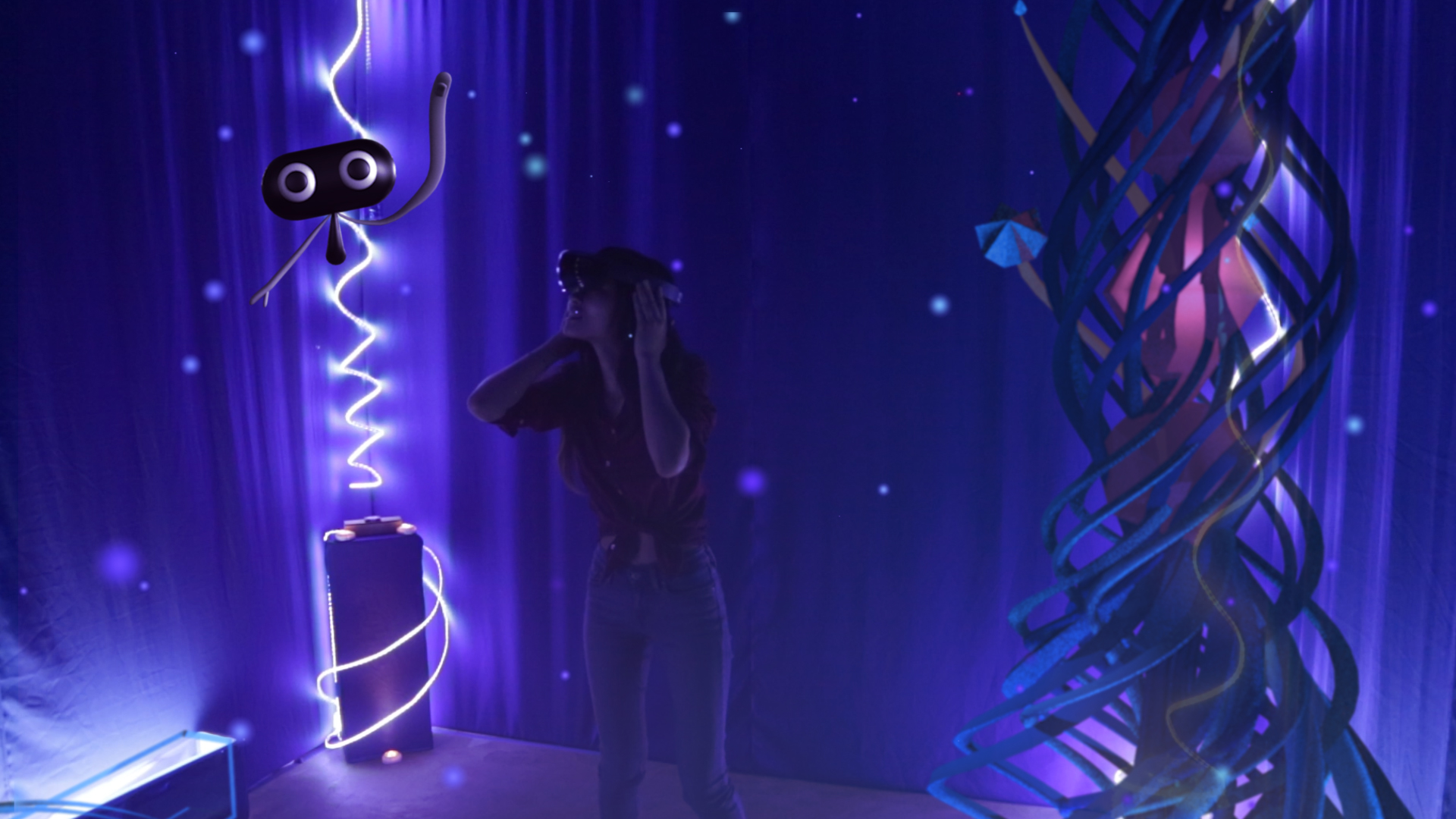

M.A.A.D
M.A.A.D
Interaction Designer, Software Engineer
Project Goals
Explore the potential of interactive XR narrative by combining Hololens, computer vision, and physical puzzles.
Featured in
Oculus NextGen SymposiumUSC Annenberg Graduate Fellowship Research
and Creative Project Symposium 2018
Summary
M.A.A.D is an XR installation that combines the physical and virtual environment through the use of SFX, lights, and puzzles. Following a classic Hero's Journey archetype, Players meet an Alien named Adam to solve various Rubik's cube puzzles and restore the Power of Transformation back to Earth.
